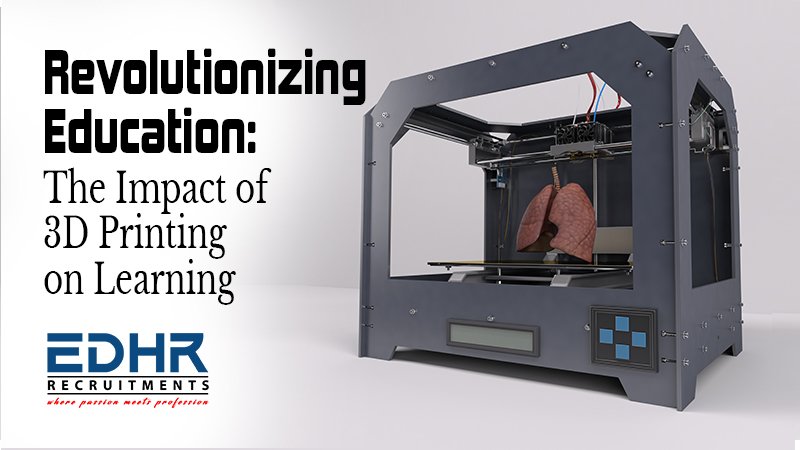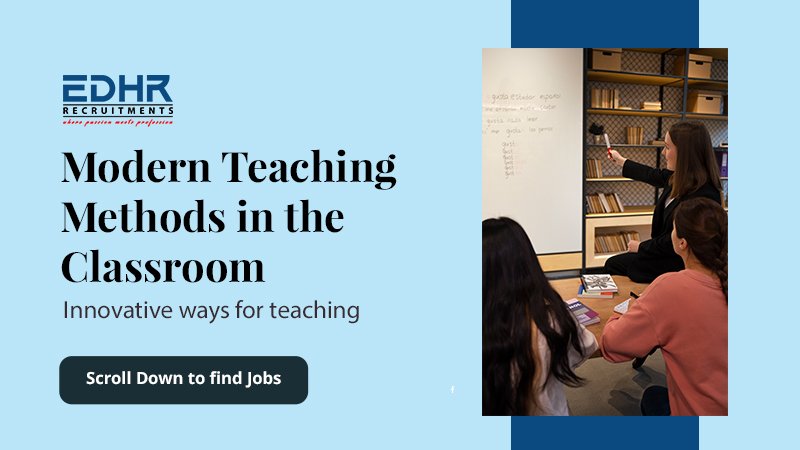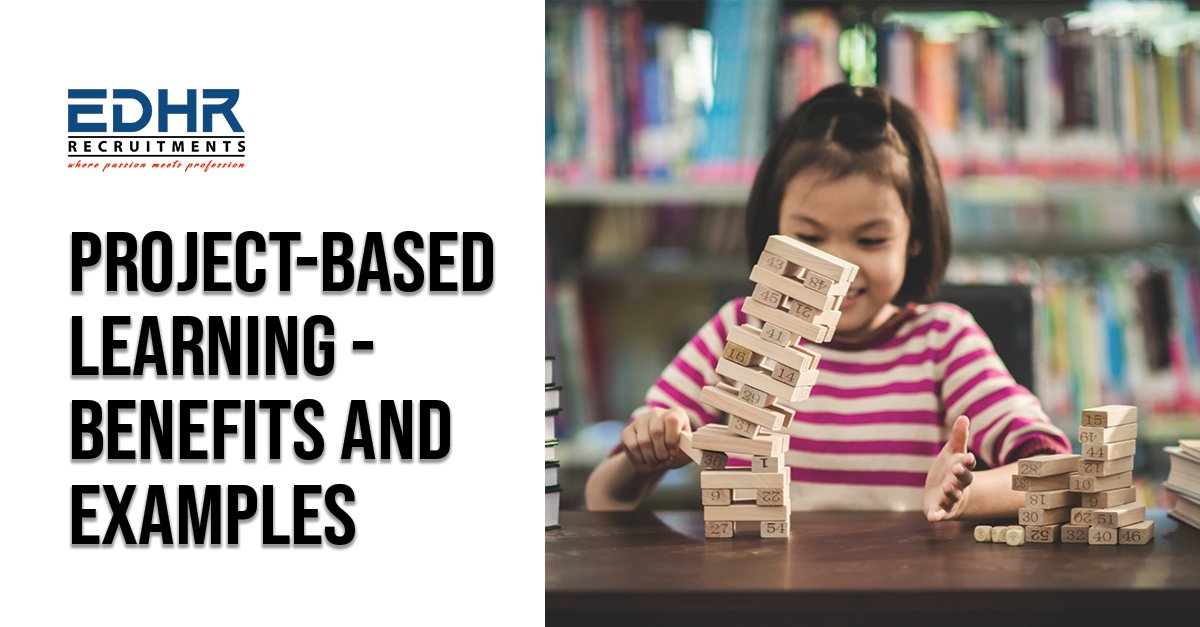Blog Details
Revolutionizing Education: The Impact of 3D Printing on Learning
-
By EDHR
-
12-Mar-2024
3D printing, also known as additive manufacturing, is a process of creating three-dimensional objects by layering materials such as plastic, metal, or resin based on a digital model. It is achieved using an additive process, where successive layers of material are laid down until the entire object is created.
In recent years, 3D printing has emerged as a revolutionary technology with the potential to transform various industries. One area where 3D printing is making a significant impact is education. It offers a hands-on approach to learning that enhances student engagement and fosters creativity and innovation.
Applications of 3D Printing in Education
The
applications of 3D printing in education are vast and diverse. In STEM
(science, technology, engineering, and mathematics) education, 3D printing is
used to create prototypes, models, and experiments that help students visualize
abstract concepts. In art and design classes, 3D printing opens up a world of
possibilities for creative expression. Students can design and print
sculptures, jewelry, architectural models, and more, exploring different
materials and techniques in their artistic pursuits.
In
subjects like history and archaeology, 3D printing can recreate artifacts and
historical sites, providing students with a hands-on experience of the past. In
medical education, 3D printing is used to create anatomical models for training
purposes, allowing students to practice surgical procedures in a safe and
controlled environment.
Benefits of 3D Printing in Education
One
of the key advantages of incorporating 3D printing in education is that it
enhances student engagement. By allowing students to bring their ideas to life
in a tangible form, 3D printing makes learning more interactive and exciting.
Additionally, 3D printing encourages creativity and innovation by enabling
students to design and prototype their creations.
Moreover, 3D printing facilitates hands-on learning, which is essential for developing practical skills and understanding complex concepts. Students can physically manipulate objects and see how they are constructed, leading to a deeper comprehension of the subject matter. Furthermore, 3D printing fosters problem-solving skills as students learn to troubleshoot and iterate on their designs.
Challenges of Implementing 3D Printing in Education
Despite
its numerous benefits, implementing 3D printing in education comes with its own
set of challenges. One of the main obstacles is the cost constraints associated
with purchasing and maintaining 3D printers and materials. Many schools
struggle to allocate funds for this technology, limiting its accessibility to
students.
Another challenge is the lack of training for educators on how to effectively integrate 3D printing into their curriculum. Teachers may feel overwhelmed by the technical aspects of 3D printing and require additional support and resources to incorporate it into their lesson plans. Additionally, maintenance and technical issues can arise, leading to downtime and disruptions in the learning process.
Future Trends in 3D Printing for Education
Looking
ahead, the future of 3D printing in education is promising. The educational 3D
printing market is expected to grow as more schools recognize the value of this
technology in enhancing learning outcomes. Additionally, the integration of
virtual reality and augmented reality with 3D printing will create immersive
learning experiences that blur the lines between the physical and digital
worlds.
In conclusion, 3D printing has the potential to transform education by enhancing student engagement, fostering creativity, and facilitating hands-on learning experiences. While there are challenges to overcome, the benefits of integrating 3D printing into educational settings are clear. By embracing this technology, educators can prepare students for the challenges of the future and equip them with the skills they need to succeed in a rapidly evolving world






















